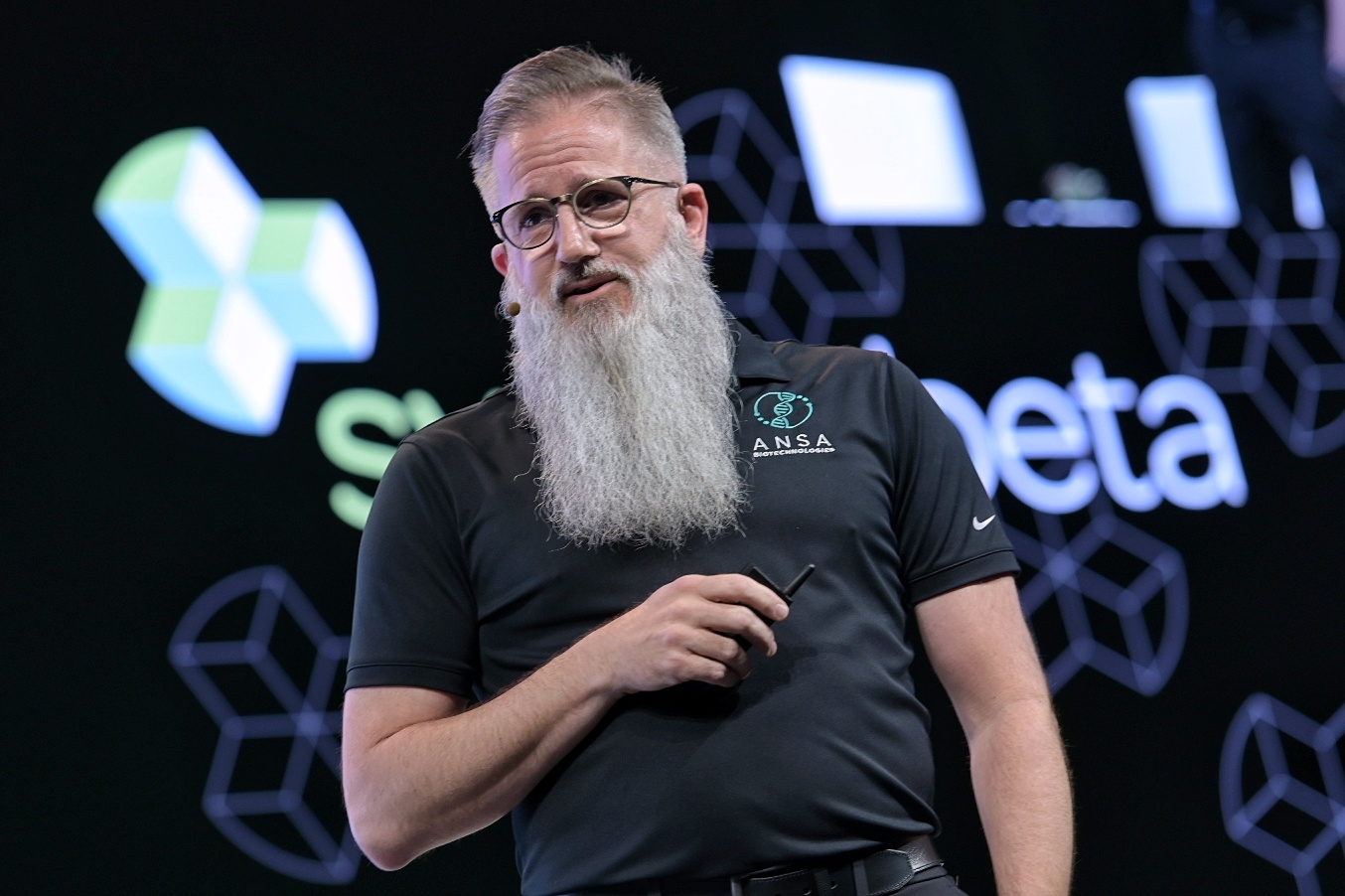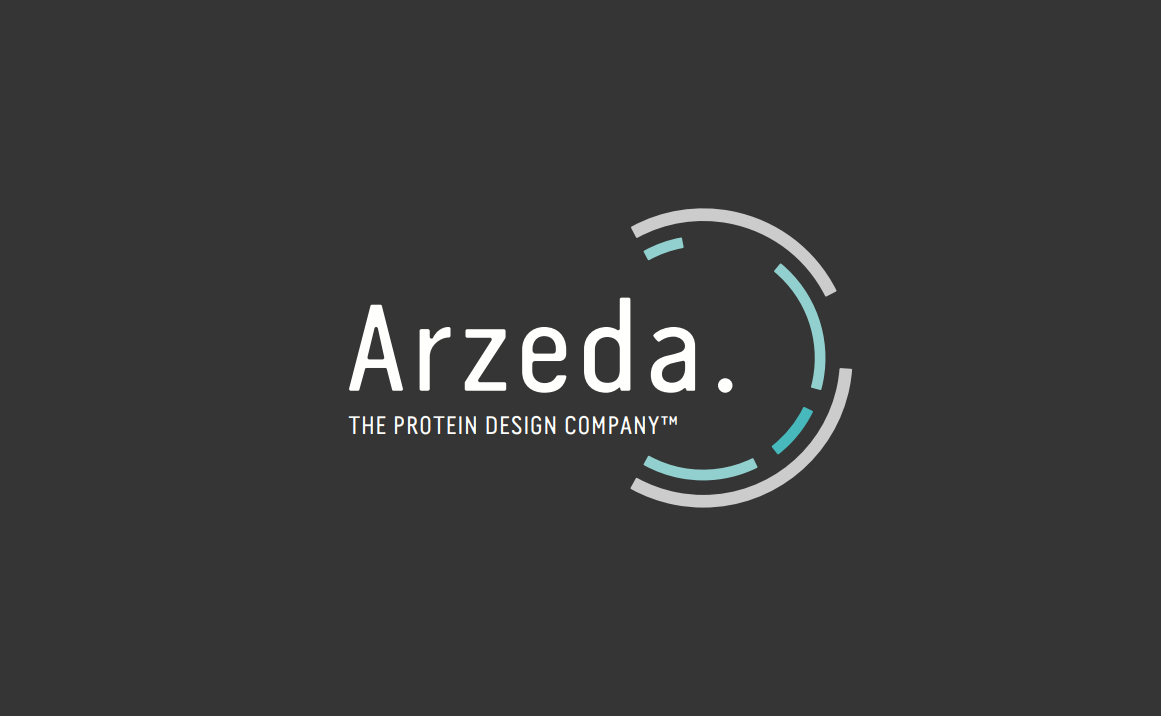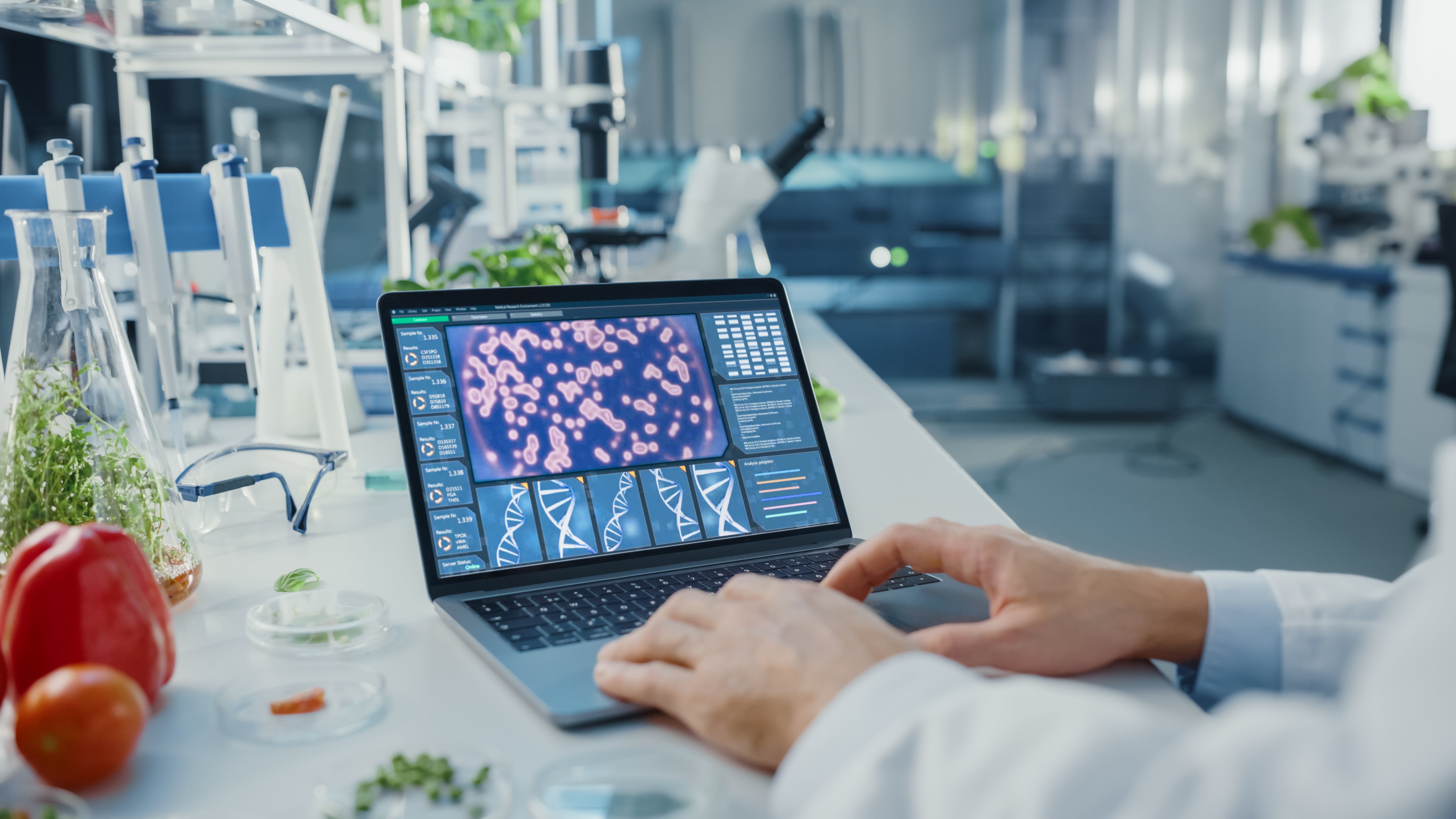SynBio’s Bid to Replace Petroleum-based Consumer Ingredients – If It Can Scale
Every time you wash your hair, don your favorite fragrance, or clean your house, you likely come across products made from oil. Petrochemistry, the science that turns crude oil and natural gas into ingredients, emerged in the early 20th century and permeates our lives daily. Yet, creating ingredients from oil is energy intensive and unsustainable, demanding urgent solutions for a more sustainable future. A possible solution that can contend with petrochemicals if it can scale: synthetic biology.
The idea is simple: redesign and engineer existing biological systems, like bacteria or yeast, to produce these ingredients by fermentation. But sustainable production comes with many challenges like identifying which ingredients to make, scaling up, and overcoming cost barriers.
Sustainable Sourcing With Synthetic Biology
One such biotech that is producing these ingredients is Amyris, a synthetic biology company that scales up and commercializes ingredients used in fragrances, cosmetics, and healthcare. When it comes to finding ingredients suited for synthetic biology, Annie Tsong, SVP of Product Development at Amyris, has a few top criteria in her list: ingredients that are difficult to source otherwise, ingredients that would be more sustainably sourced through synthetic biology, and ingredients whose consumers are interested in sustainability.

Aside from tackling petrochemistry’s environmental problems, synthetic biology also offers additional sustainable benefits. For ingredients that have been sourced from animals or plants, synthetic biology means consumers can get these ingredients without cost to biodiversity. Tsong says she’s seen a lot of traction in this area. “That’s where fermentation can have an immediate positive benefit in the market,” she adds. An example of this is squalane, which the company supplies to nine of the top beauty brands in the world. Traditionally, squalene has been sourced from sharks, making this a strong candidate for synthetic biology.
For newer ingredients or those with niche applications, it can be more difficult. “Market demand is really critical, otherwise we won’t have commercial success. But sometimes, the market doesn’t necessarily know that an option exists,” Tsong explains. This can be the case for rare ingredients that have been historically difficult to source and aren't used in many products. “Once you debottleneck the source, then the market can grow.”
Towards Cost Parity
Identifying ingredients that would benefit from synthetic biology is just one part of the equation. Once the ingredient has been identified, synthetic biologists need to find out how to produce that ingredient at lower cost so that it can achieve price parity with traditional methods. This can be more or less difficult depending on the ingredient itself and on the cost of alternatives. One example of the cost difference can be seen for plastic production based on petrochemicals versus microbes in a 2022 paper: it would cost 5-10 times less to produce plastics from petrochemicals than microbes. However, for ingredients that are expensive to source, like vanillin, engineering biology makes sense. The price per kilogram of natural vanillin is $1,200 to $4,000 while the price per kilogram of vanillin biosynthesis is $700 per kilogram.
But there are still ways to bring down costs for fermentation through various optimization steps and this is particularly important for petroleum-based products that already have a low price tag. “For industrial bioprocesses if someone doesn't optimize at all, most likely the product wouldn't make it to the market,” says Ouwei Wang, CTO and Co-founder at Pow.bio, a biomanufacturing company that uses continuous fermentation and AI tools to improve fermentation efficiency, Wang cites the biggest contributors to cost as feedstock, energy, and capital expenditure (CapEx). To save money on feedstock, fermentation processes need to improve yield to produce more product with the same amount of feedstock. This can be done by engineering strains to favor ingredient production or tweaking parts of the fermentation process to achieve higher yields. At scale, energy becomes a major cost because of repetitive heating and cleaning cycles. Lastly CapEx, which includes the cost to build a bioreactor and maintaining the facility, becomes larger at scale. That’s why companies such as Pow.bio are designing smaller, more efficient bioreactors to help scale manufacturing with smaller bioreactor volumes.


Overcoming Technical Challenges During Scale-Up
“Scale-up often feels like a leap of faith,” Wang says. “You do all this optimization at a small scale, and then you pray and hope all these parameters that you optimized at smaller scale still carry at even bigger scale.”
Wang says that there are a lot of parameters that don’t translate directly from small scale to large scale. For example, at the small scale, there’s perfect mixing. At the large scale, however, the tank might not be mixed as evenly, resulting in areas in the bioreactor where cells are under stress because they don’t receive the right amount of nutrients or oxygen.
“We want to change that by using our digital twin technology,” says Wang. Pow.bio uses AI models that draw from their experience with continuous two-stage reactors and simulate what is expected to happen at the larger scale. When paired with a dynamic optimization software that perturbs the system continuously based on ML algorithms, they’re able to achieve higher productivity.
At Amyris, they also use models to optimize their production on the large scale. Beginning with strains, they start with microliter volumes to screen thousands of strains to find those that make the most of the ingredient of interest. Then they move to two liter fermenters to test different parameters that influence how the strain will perform at a large scale. “We can move directly from two liters to 200,000 liters, in the sense that we have built scaled-down models that really accurately reflect the conditions that the strains will experience at 200,000 liters,” says Tsong.
“Things like mixing, oxygen transfer rate, how quickly you feed nutrients, and temperatures… those are the things that matter a lot and we can recapitulate at a small scale,” says Tsong. “When we do those accurately, then we see a very good correlation between small-scale and large-scale production.”

Challenges and Opportunities for the Future
While scaling fermentation can be challenging for consumer markets, there’s a lot to be excited about in this field. Wang mentions huge opportunities in process development if automation and AI can be combined to modernize current facilities that are up to 50 years old. Tsong is excited about the ability for synthetic biology to create new chemical building blocks for the industry. “A lot of what is used in synthetic chemistry today are pretty simple building blocks,” she adds. “Biochemistry is capable of much more sophisticated chemistry.”
In terms of consumer sentiment, there’s a lot to be hopeful for as well. There is a growing consumer acceptance of these ingredients because they’re consistent, sustainable, and can be more pure than those naturally sourced, says Tsong. She adds, “The next big challenge is having all of these ingredients become mainstream. “It’s really important that the industry gets there, because that’s where we can have a broad impact.”

-min.png)


.svg)










.gif)